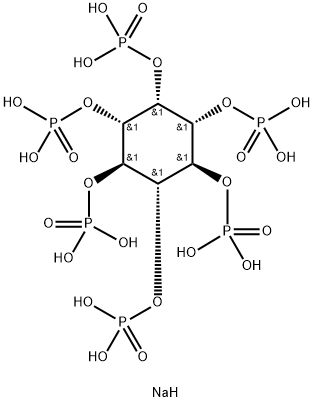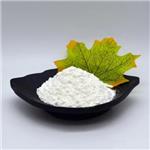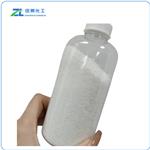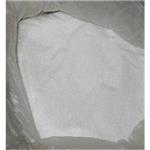Description
Sodium Phytate is the sodium salt of Phytic Acid, a saturated cyclic acid. Phytic Acid is found abundantly in plant tissues, especially bran and seeds, where it acts as the principal storage form of phosphorus. Complexing agent for removal of traces of heavy metal ions. It acts also as a hypocalcemic agent.
Chemical Properties
Hygroscopic powder. Water-soluble.
Uses
sodium phytate is a chelating agent, it helps to boost a product's stability, trace heavy metals, color improvement, medicine.
Application
Sodium Phytate is multifunction cleaning bactericide and it is used in preparation method and use method.
General Description
Phytic acid is a major determinant of zinc bioavailability.
Flammability and Explosibility
Not classified
Biochem/physiol Actions
Phytic acid is present in all eukaryotic cells. In plants, it is known to function as a [PO4]3? storage depot and precursor for other inositol phosphates and pyrophosphates. Its high surface negative charge makes it a potent chelator of divalent and trivalent cations in vitro, and it is most likely associated with Ca2+ or Mg2+ ions in vivo. In yeast, phytic acid acts with the nuclear pore protein Gle1 to regulate the nuclear export of mRNA by coactivating the RNA-dependent ATPase activity of DExD-box protein 5 (Dbp5).
Purification Methods
Crystallise sodium phytate from hot water. [Beilstein 6 IV 7927.]




